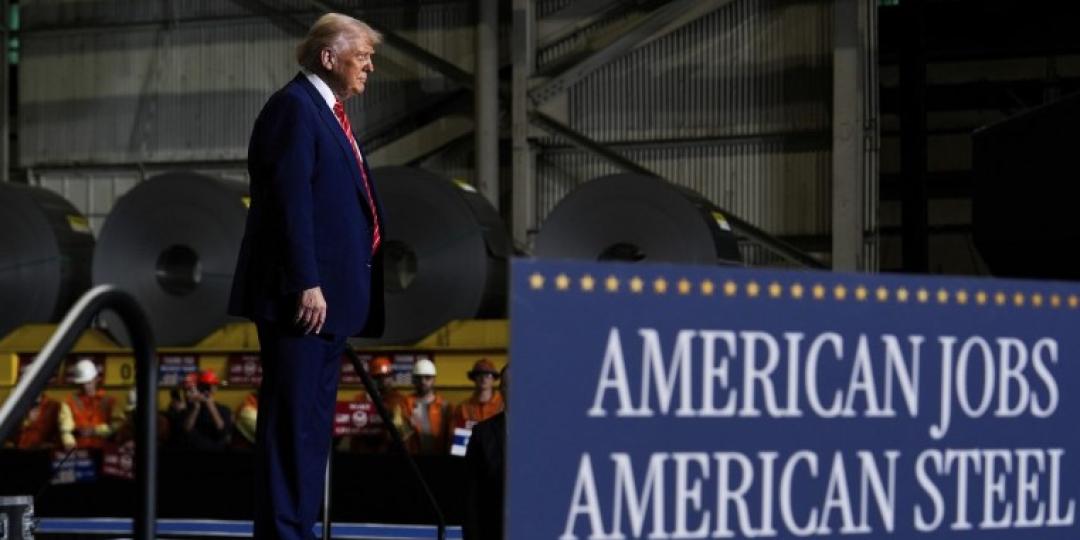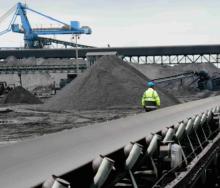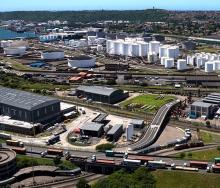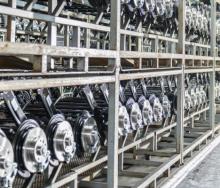The United States has doubled tariffs on most imported steel and aluminium, escalating global trade tensions as President Donald Trump demands that key partners present their “best offer” to avoid broader duties on other goods, scheduled to come into force in early July.
The increased levy – from 25% to 50% – was confirmed in an executive proclamation signed by Trump late on Tuesday.
It came into effect at noon, Eastern Standard Time, on Wednesday and builds on tariffs originally imposed in March under national security grounds.
White House economic adviser Kevin Hassett, speaking at a steel industry event in Washington, explained: “We started at 25 (%) and then after studying the data more, realised that it was a big help, but more help is needed. And so that is why the 50 (%) is starting tomorrow.”
The United Kingdom is the only country currently exempt from the new 50% rate, retaining a 25% tariff until at least 9 July under the terms of a provisional agreement reached during a 90-day pause on the wider tariff package. Britain is not a major supplier of either steel or aluminium to the US.
Census Bureau figures show that around one-quarter of all steel used in the US is imported. Canada and Mexico – ranked first and third in steel shipment volumes to the US – are expected to be hit hardest by the increased rates.
Canada faces significant exposure on aluminium. As the top exporter to the US, it ships roughly twice as much aluminium as the next nine largest suppliers combined. Overall, the US sources about half of its aluminium from overseas.
Canadian Prime Minister Mark Carney’s office stated that Canada was “engaged in intensive and live negotiations to have these and other tariffs removed”.
Mexico’s Economy Minister Marcelo Ebrard denounced the tariffs as “unsustainable and unfair,” especially given Mexico imports more steel from the US than it exports.
“It makes no sense for the United States to levy a tariff on a product in which you have a surplus,” he said, adding that Mexico would formally request an exemption on Friday.
The abrupt hike has unsettled global metals markets, with aluminium in particular experiencing a sharp rise in premiums – more than doubling since the start of the year. Analysts suggest that without significant spare domestic capacity, US import volumes may remain stable unless rising prices begin to curb demand.
The tariff hike coincides with a White House deadline for countries to submit proposals aimed at avoiding further import duties – the so-called “Liberation Day” tariffs – expected to take effect five weeks from now.
Since announcing a temporary pause on the new tariffs in early April, the Trump administration has engaged in talks with various governments. However, only the UK has reached even a preliminary framework agreement.
With time running out, the US is pushing for firm deals. As Reuters reported earlier this week, the Office of the US Trade Representative (USTR) has written to trading partners requesting detailed offers. These include commitments on tariff and quota levels for American industrial and agricultural products, as well as efforts to dismantle non-tariff barriers.
The letter also indicated countries would receive a response “within days”, outlining a likely “landing zone” – effectively a preview of what tariff levels might be imposed once the 90-day pause ends on 8 July. One of the key issues is whether countries will retain the current baseline tariff of 10% on most exports to the US, or face significantly higher rates.
White House spokeswoman Karoline Leavitt confirmed the contents of the letter on Tuesday: “USTR sent this letter to all of our trading partners just to give them a friendly reminder that the deadline is coming up.”
According to the letter, the administration is also seeking assurances on digital trade, national economic security, and other country-specific commitments.
Japan, a major US trading partner, had not received such a letter, government spokesperson Yoshimasa Hayashi told reporters in Tokyo.
“Regarding U.S. tariff measures, negotiations are underway between Japan and the United States,” he said.
“The government will keep on tackling them, doing our utmost and giving them a top priority.”
The US Embassy in Tokyo has not yet provided a comment.
SOURCE: Reuters













